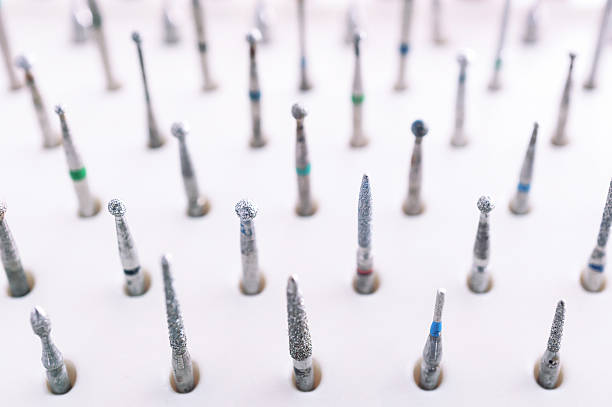Removing a Dental Crown
A diamond fissure bur is the most efficient tool when cutting through porcelain. After removing the porcelain, it’s easiest to remove the metal substructure with a tungsten carbide bur. The tooth structure underneath can be prepared with a tapered-fissure bur.
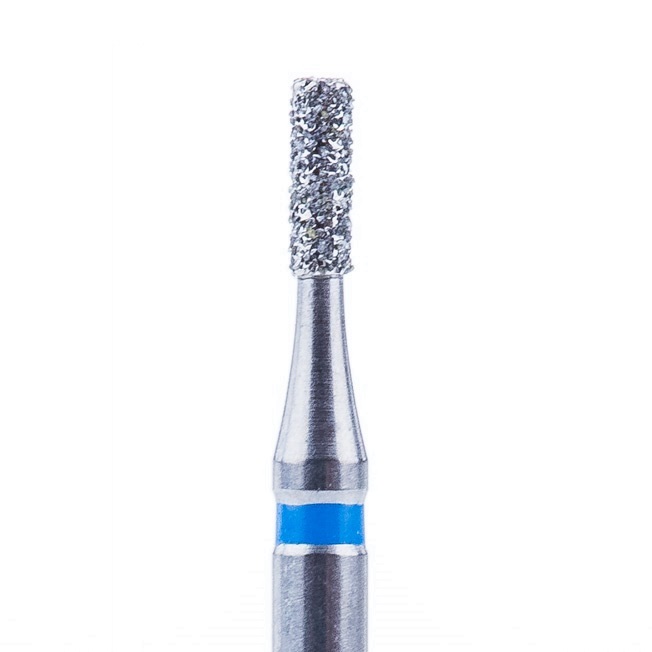
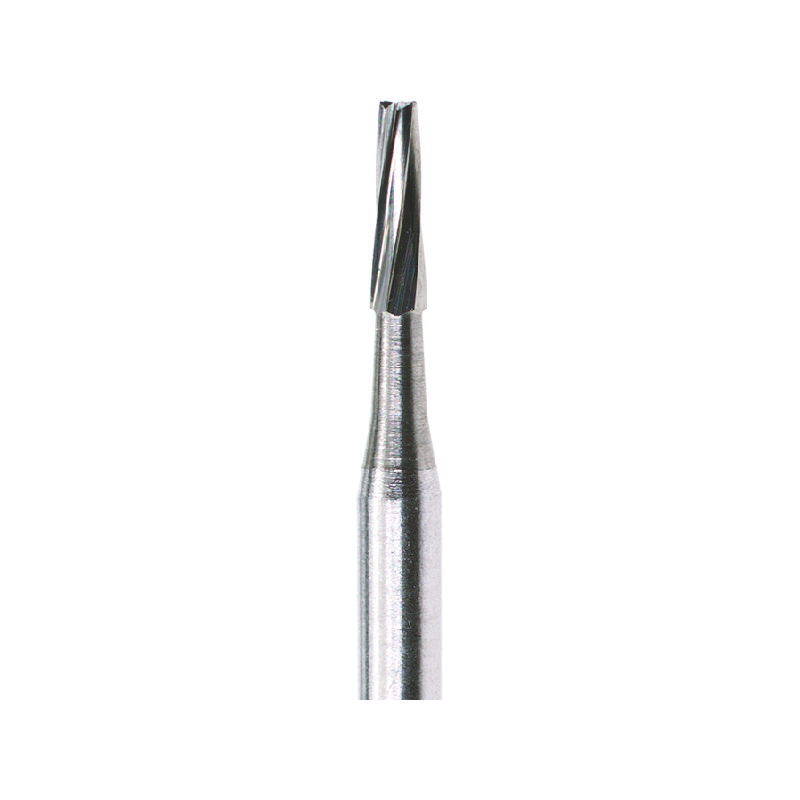
Removing an Amalgam
A tungsten carbide bur is the most effective and fastest approach to remove an existing amalgam. The burs with a pear shape and fine crosscut are also good choices.
Removing Dental Caries
A round tungsten carbide bur is used to remove dental caries at a slow speed. Sizes two, four, six, or eight are good sizes to choose. Using a round tungsten carbide bur at a slower speed eliminates just a little quantity of dental hard tissue while eliminating the softer areas of decay more efficiently. The risk of pulpal exposure is reduced when cavities are deeper. A ceramic round bur may be preferred by some clinicians. Once all signs of caries are removed, a finer and smoother diamond or carbide bur can complete the preparation before restoration.
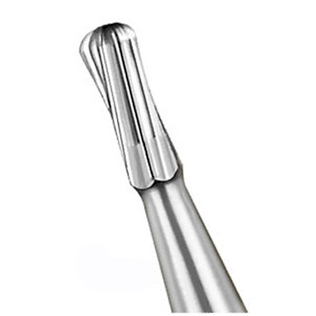
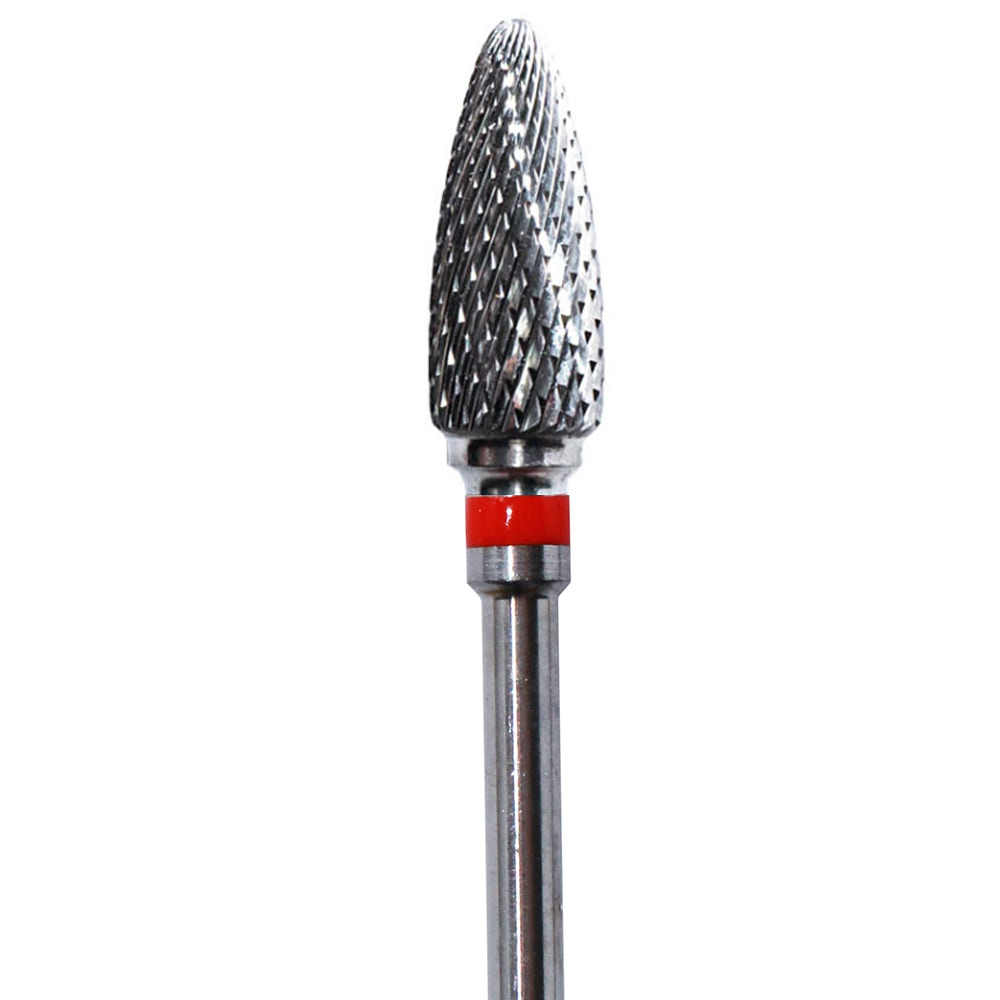
Preparing for an All-Ceramic Restoration
All-ceramic restorations need a 90 angles exit angle but require a rounded internal angle. A modified-shoulder diamond bur provides a flat 90 angles exit angle and a rounded internal angle. When using any bur, it is possible to create a reverse margin inadvertently if the depth cut of the bur exceeds the diameter width at the tip. You often won’t notice this problem until a model is poured. Using an end-cutting bur or selecting a bur size that matches the required depth of the preparation is one solution.
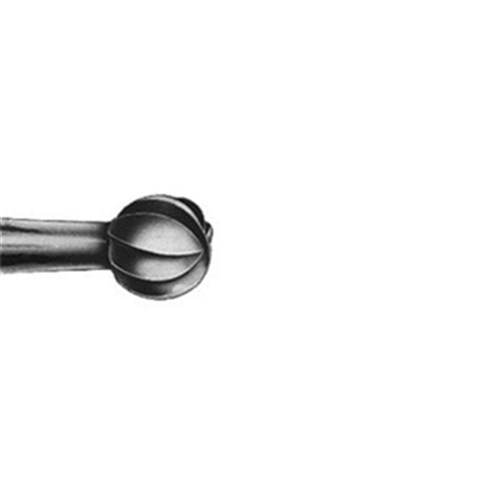
Finishing Preparations
Compared to operational burs, Finishing burs are made from tungsten carbide and have flutes that are closer together and shallower. Before polishing, use tungsten carbide or diamond finishing burs to remove excess composite and smooth the repair. They create an optimal smoothness, reducing the potential for biofilm development on the restoration surface.
Maintaining Reusable Burs
After completing the patient’s treatment, it is critical to examine the condition of the burs closely and discard any that are worn or damaged. Using a damaged bur will affect the quality of the preparation and could cause trauma to the hard tissues. Additionally, a damaged bur will cut less efficiently and may cause overheating of the handpiece as it increases power to compensate. Any burs that are appropriate for reuse should be cleaned and sterilized after pre-soaking to loosen debris. Diamond burs may be cleaned using an enzymatic cleaning solution to prevent the diamond coating from dulling during sterilization.


